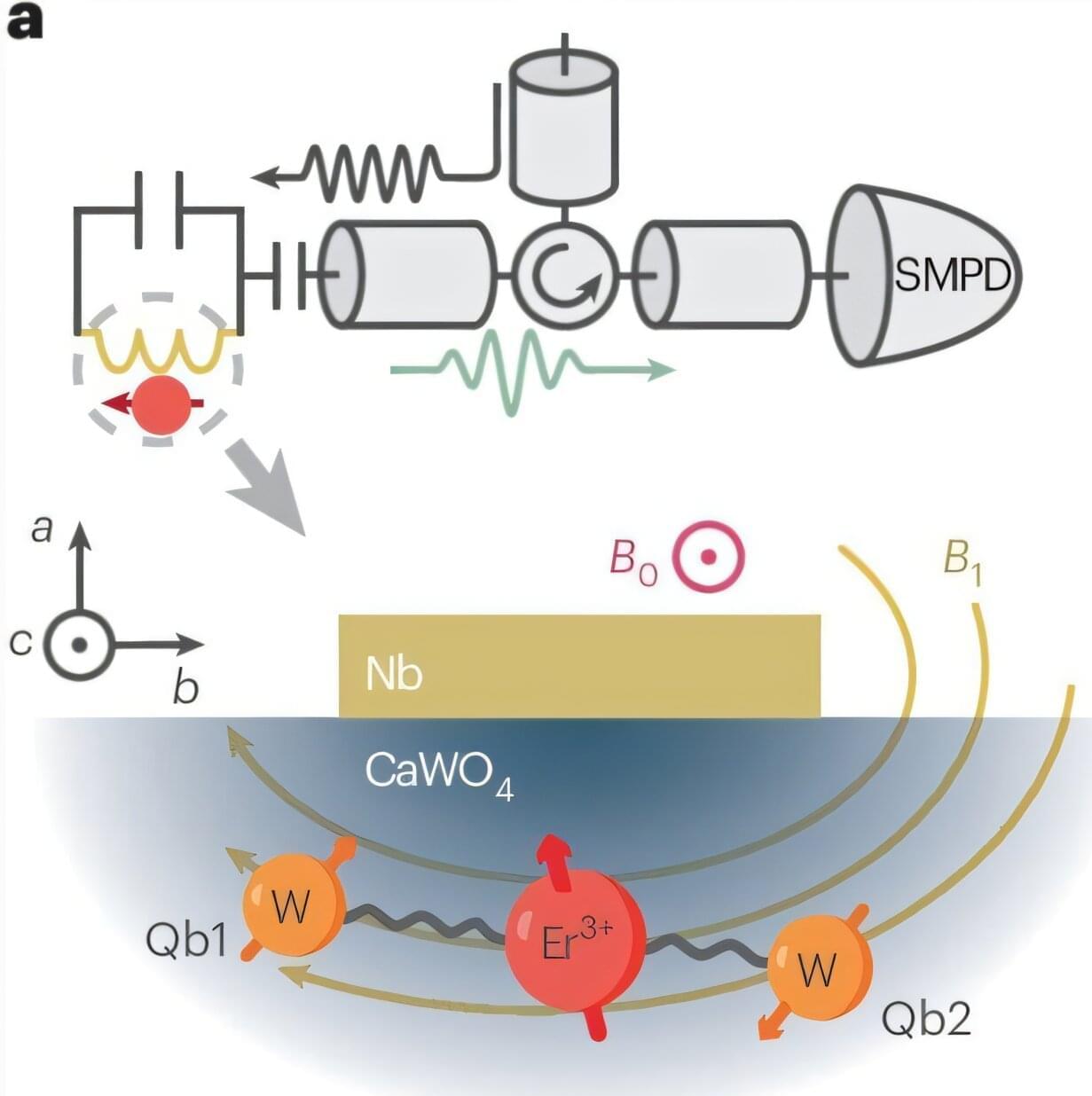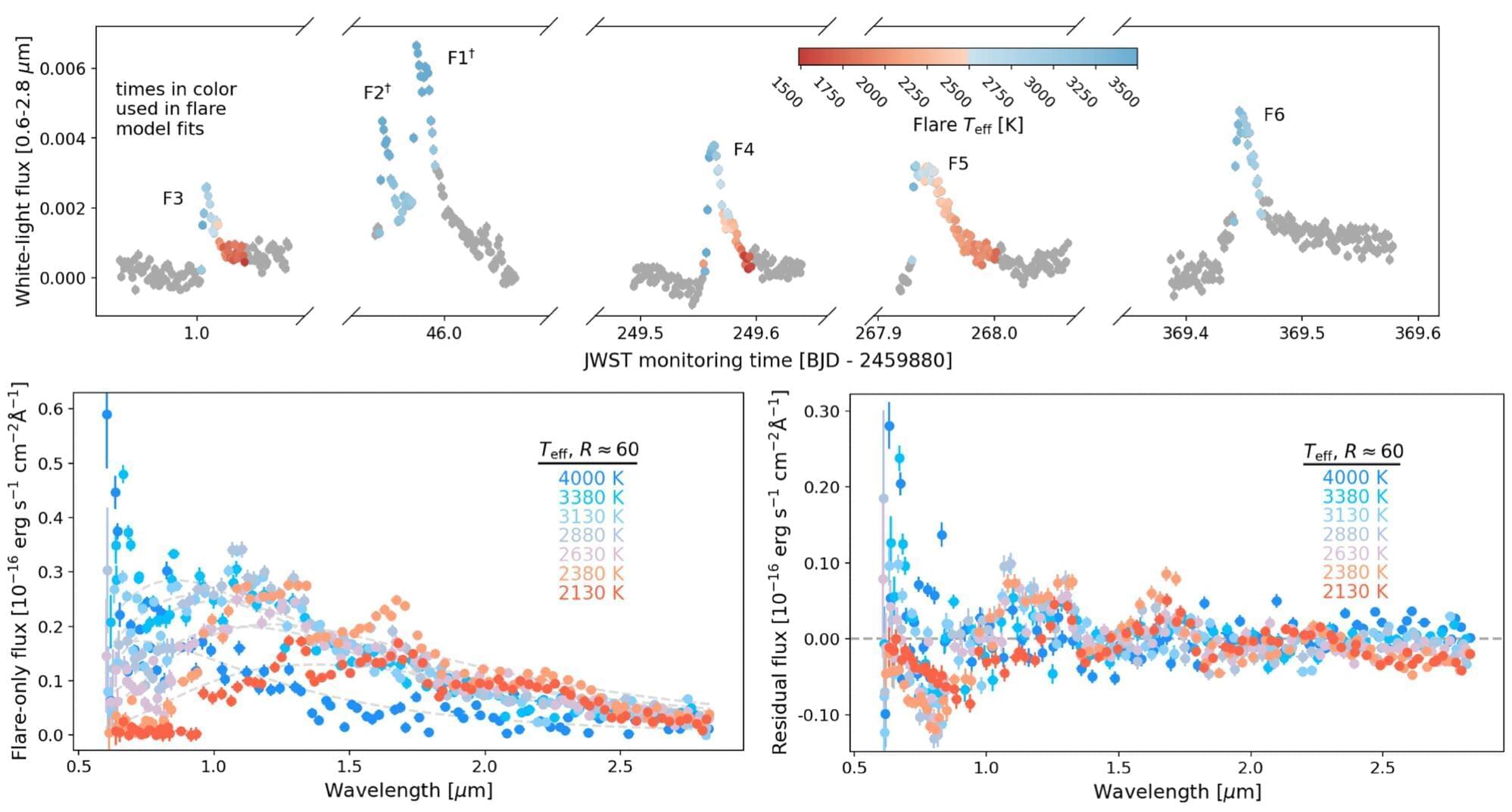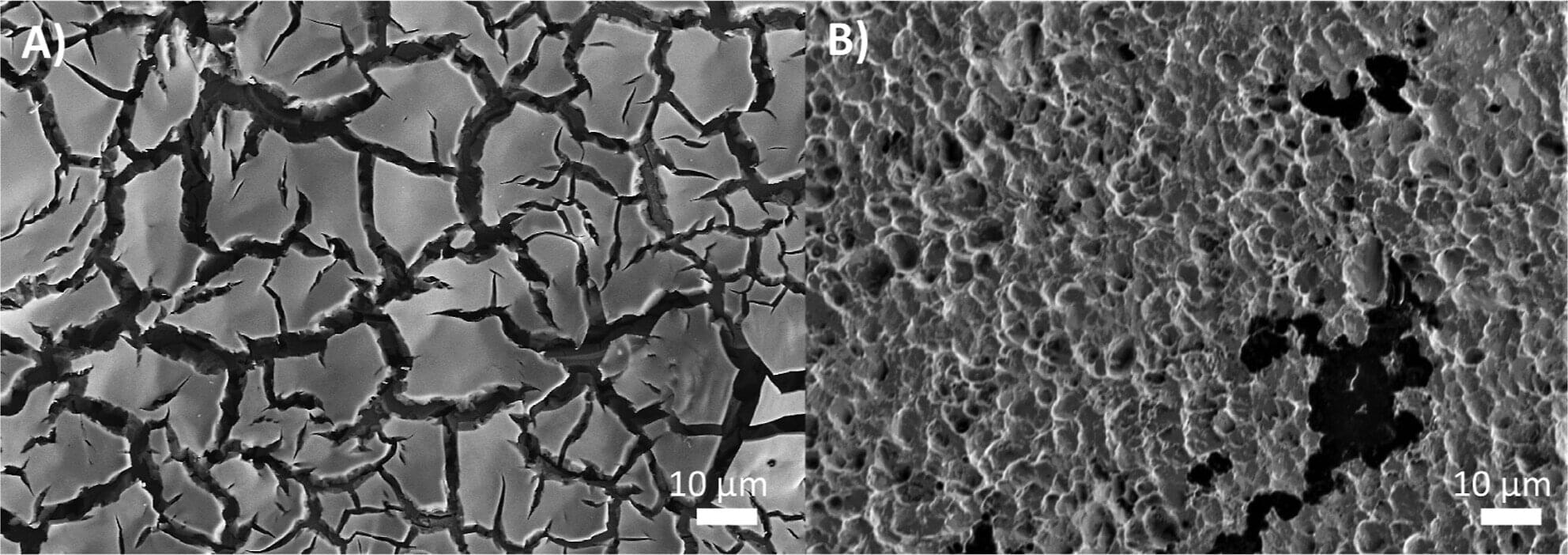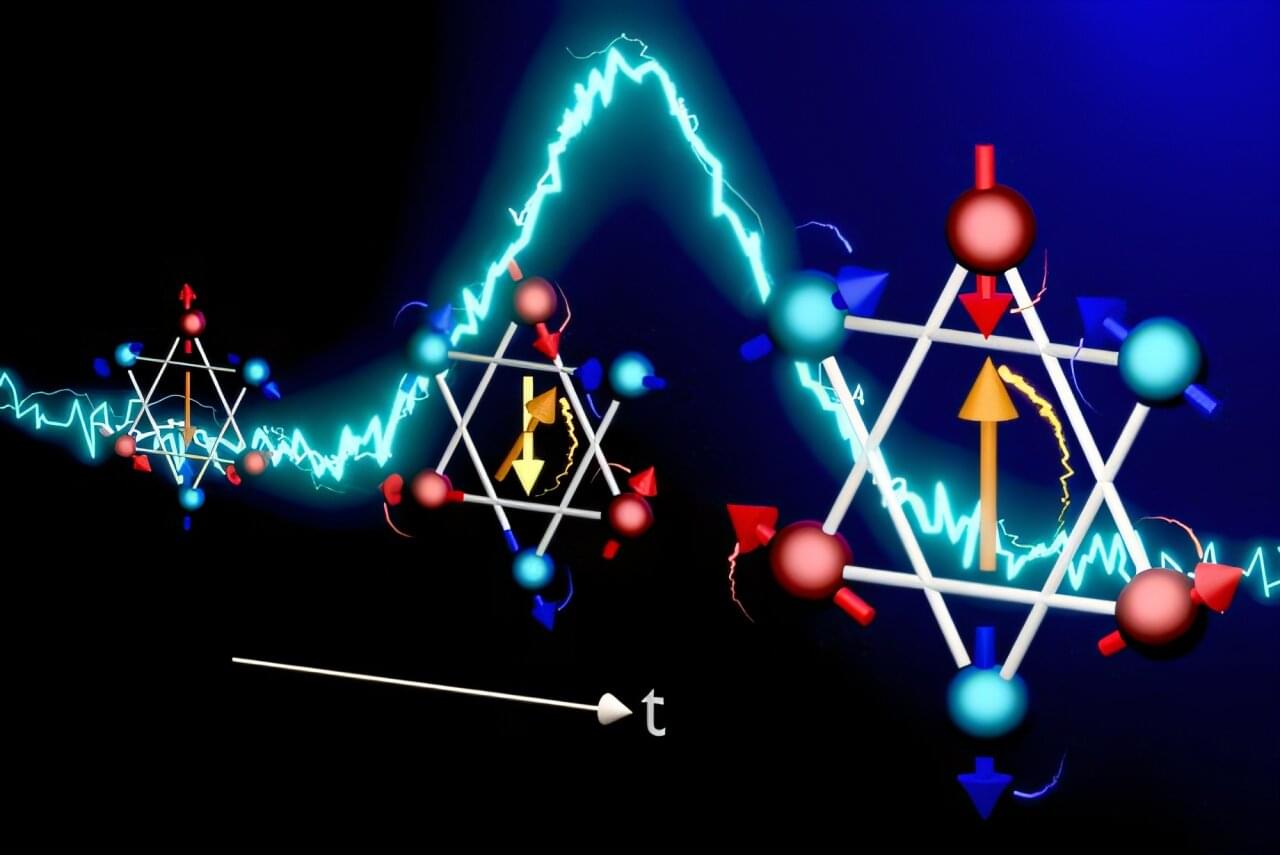Researchers at the University of Maryland, Baltimore County (UMBC) have extracted the building blocks of precise hand gestures used in the classical Indian dance form Bharatanatyam—and found a richer “alphabet” of movement compared to natural grasps. The work could improve how we teach hand movements to robots and offer humans better tools for physical therapy.
A paper describing this work is published in the journal Scientific Reports.
Ramana Vinjamuri, a professor at UMBC and lead researcher on the work, has focused his lab on understanding how the brain controls complex hand movements. More than a decade ago, he and his research partners began searching for and cataloging the building blocks of hand motions, drawing on a concept called kinematic synergies, in which the brain simultaneously coordinates multiple joint movements to simplify complex motions.









